Exchange rate increases despite weakening USD Index
The USD/VND exchange rate has been in a period of unprecedented volatility since the beginning of the year, with a steady climb every day in June. The USD selling price at commercial banks has exceeded the ceiling of 26,310 VND, while the central exchange rate announced by the State Bank has also exceeded 25,000 VND for the first time. In the first half of the year alone, the VND has lost nearly 3% of its value against the USD, a significant depreciation in a short period.
It is worth noting that the increase in the domestic USD price occurred in the context of the USD Index, a measure of the greenback's strength against a basket of strong currencies, weakening and fluctuating around 98 points.
In other words, the USD is weaker in the global market but becomes “expensive” in Vietnam. This is no longer a story about the strength of the USD, but clearly reflects the growing internal pressure in the Vietnamese economy .
Banks such as Techcombank, ACB,SHB , MB, Eximbank, HSBC, Sacombank all simultaneously adjusted their selling rates to the ceiling, while the free market was no less active, with common trading levels around 26,320 - 26,420 VND/USD. The USD price has increased by nearly 760 VND in less than 6 months, a speed that has made both businesses and investors wary.
According to FiinRatings analysis, the current exchange rate pressure comes mainly from the sudden increase in domestic foreign currency demand, especially from import enterprises and the State Treasury (KBNN). In the context of limited domestic USD supply, any move to absorb foreign currency can cause the market to fluctuate.
In 2025 alone, the State Treasury organized an unprecedented 11 USD purchase rounds with a total scale of nearly 1.9 billion USD. Most recently, the State Treasury announced that it would immediately buy 100 million USD on June 24 through the commercial banking system, expected to spend more than 2,380 billion VND.
The main reason is that servicing foreign debt obligations is an increasingly large burden, with Vietnam's total expected payment in 2025 expected to be around 6.5-8 billion USD, much higher than the average of previous years.
At the same time, the difference in overnight interest rates between VND and USD is currently up to 2.6 percentage points, a gap large enough to make businesses cautious in borrowing foreign currency. Instead of accessing USD through credit as before, businesses are having to buy directly on the market to meet the need to pay for imported raw materials, equipment, and goods, causing the pressure on USD demand to increase sharply.
The current cost of borrowing USD is not only high due to interest rates, but also includes a series of exchange rate hedging fees, conversion costs, and foreign exchange insurance fees, all of which create a "barrier" that makes USD sources on the market increasingly scarce and expensive.
According to Mr. Dao Hong Duong, Director of Industry and Stock Analysis of VPBank Securities Company (VPBankS): The above factors have created a clear "thirst" for USD in the country, far exceeding what was seen in previous cycles of fluctuations. And without flexible and reasonable regulation from the policy side, the exchange rate may continue to heat up in the second half of the year, the peak period of imports and debt repayment.
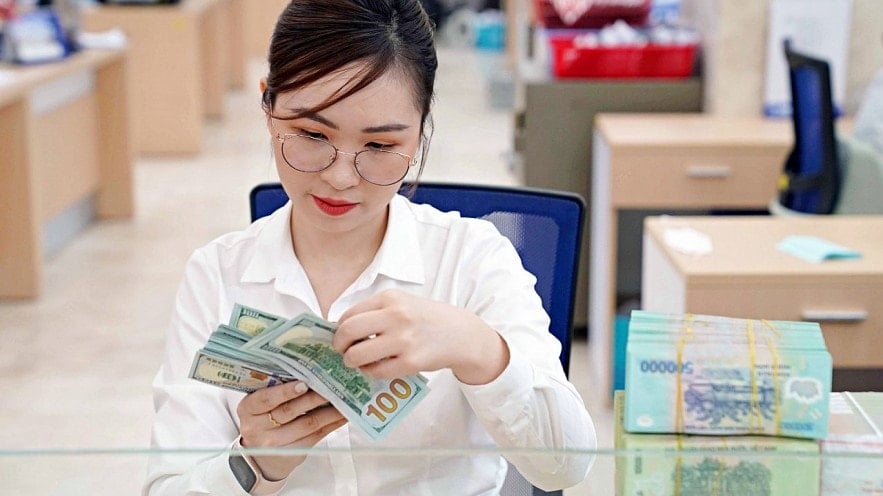
The silent burden on businesses
The fact that the USD/VND exchange rate has been hitting new peaks recently is not only a challenge to macroeconomic management policies, but is also quietly pushing many businesses into a difficult position. While the economy still needs to maintain low interest rates to support recovery after the recession, pressure from exchange rates has put many constraints on efforts to loosen monetary policy.
The State Bank of Vietnam is still steadfast in its orientation of maintaining a loose monetary policy, promoting credit and creating room for growth. However, the rapid increase in exchange rates has raised concerns about the risk of imported inflation, especially in the context of uncertain global supply chains, geopolitical tensions, trade conflicts and increasing cost pressures at most production stages.
For importing enterprises, any exchange rate fluctuation, even if it is only a few hundred dong, is "transformed" into actual costs. A representative of Thien Loc Animal Feed Joint Stock Company (Ha Tinh) shared that the price of imported corn, the main raw material in production, has increased by more than 11% since the beginning of the year, mostly due to the exchange rate difference.
Every month, this company imports thousands of tons of raw materials, and the price increase due to exchange rates alone has increased costs by hundreds of millions of dong. From financial planning, cost forecasting to cash flow control, everything is seriously affected.
Not only stopping at costs, fluctuating exchange rates also disrupt the entire product pricing structure. In many cases, businesses are forced to adjust their selling prices to the market, which can reduce competitiveness and lose market share.
According to Mr. Dinh Duc Quang, Director of Currency Trading, UOB Vietnam, import-export enterprises need to be more proactive in preventing exchange rate risks. Instead of following fluctuations, they should coordinate closely with banks to closely assess the impact of exchange rates on operating costs, build contingency financial scenarios, and use appropriate exchange rate insurance (hedging) tools.
“The solution is not only defense but also careful calculation of product costs before and after risk prevention, so that businesses can focus on market development and improving product quality,” Mr. Quang recommended.
On the business side, many units have begun to adapt. Ms. Tran Thi Khuyen, import-export officer of Sao Mai Joint Stock Company, said that the company has significantly reduced the amount of imported raw materials, prioritizing domestic purchases to avoid exchange rate risks.
At the same time, businesses are also stepping up investment in automation to reduce labor costs and improve efficiency. This is considered a direction that both minimizes short-term impacts and increases long-term competitiveness.
In fact, in a highly volatile economic environment, exchange rates are no longer a problem reserved for central banks. They are becoming a vital factor that businesses cannot ignore.
And without a proactive response strategy, pressure from exchange rates will not only "erode" profits, but also cause chain reactions to the entire production and business activities.
Source: https://baodaknong.vn/phia-sau-cu-truot-gan-3-cua-vnd-256614.html



![[Photo] Conference of the Government Party Committee Standing Committee and the National Assembly Party Committee Standing Committee on the 10th Session, 15th National Assembly](https://vphoto.vietnam.vn/thumb/1200x675/vietnam/resource/IMAGE/2025/10/15/1760543205375_dsc-7128-jpg.webp)

![[Photo] Many dykes in Bac Ninh were eroded after the circulation of storm No. 11](https://vphoto.vietnam.vn/thumb/1200x675/vietnam/resource/IMAGE/2025/10/15/1760537802647_1-7384-jpg.webp)
![[Photo] The 18th Hanoi Party Congress held a preparatory session.](https://vphoto.vietnam.vn/thumb/1200x675/vietnam/resource/IMAGE/2025/10/15/1760521600666_ndo_br_img-0801-jpg.webp)

















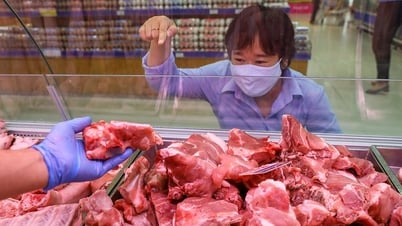


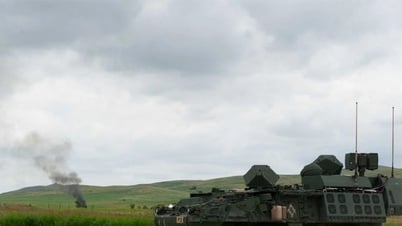















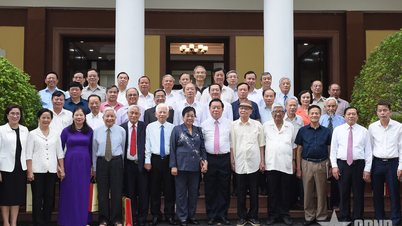
















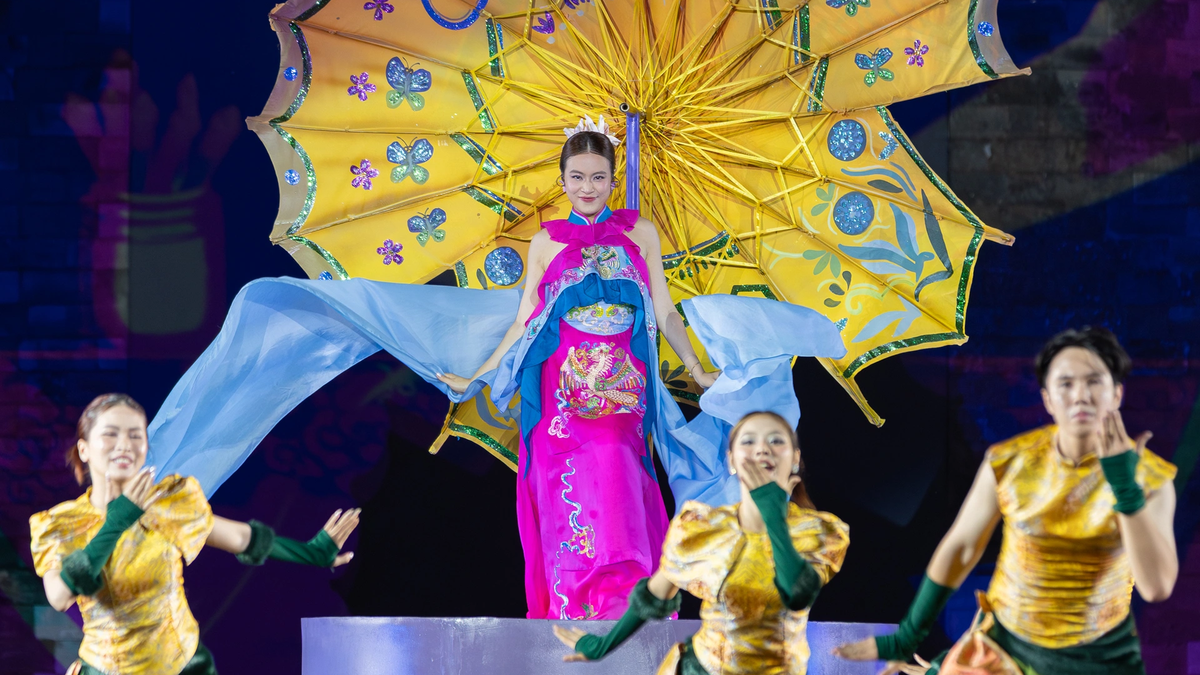

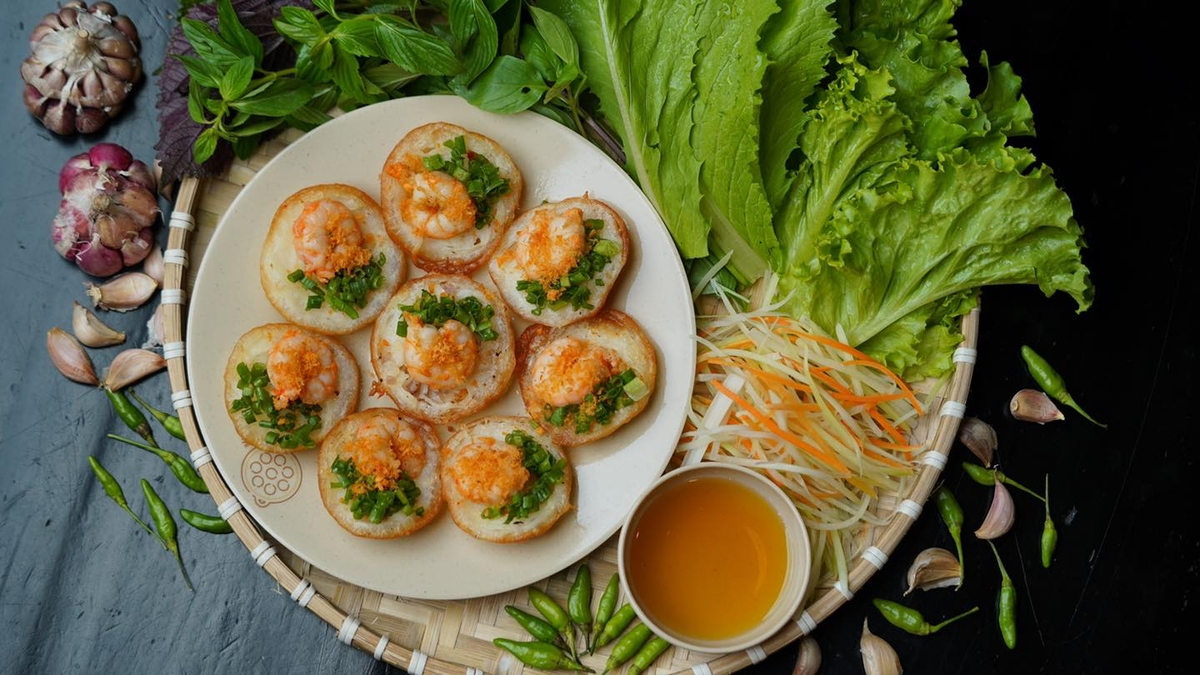
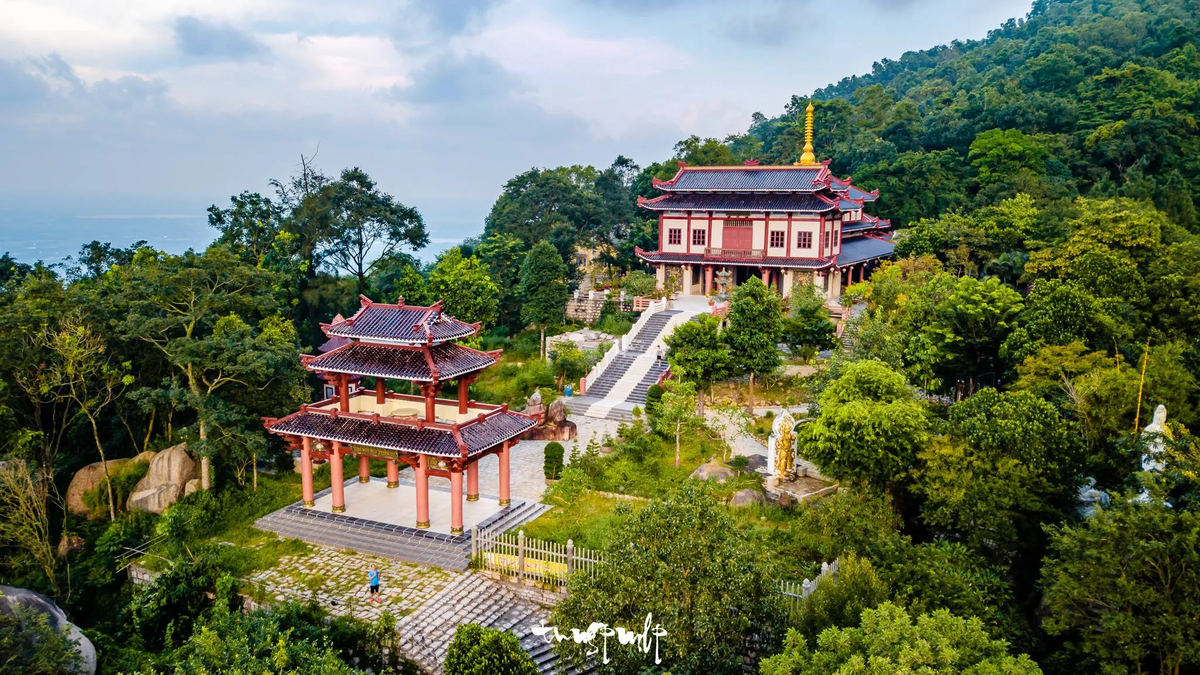

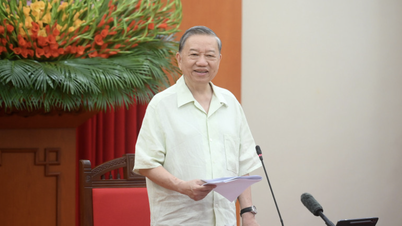

















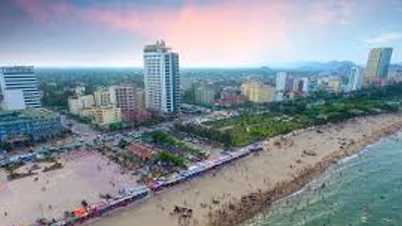



















Comment (0)